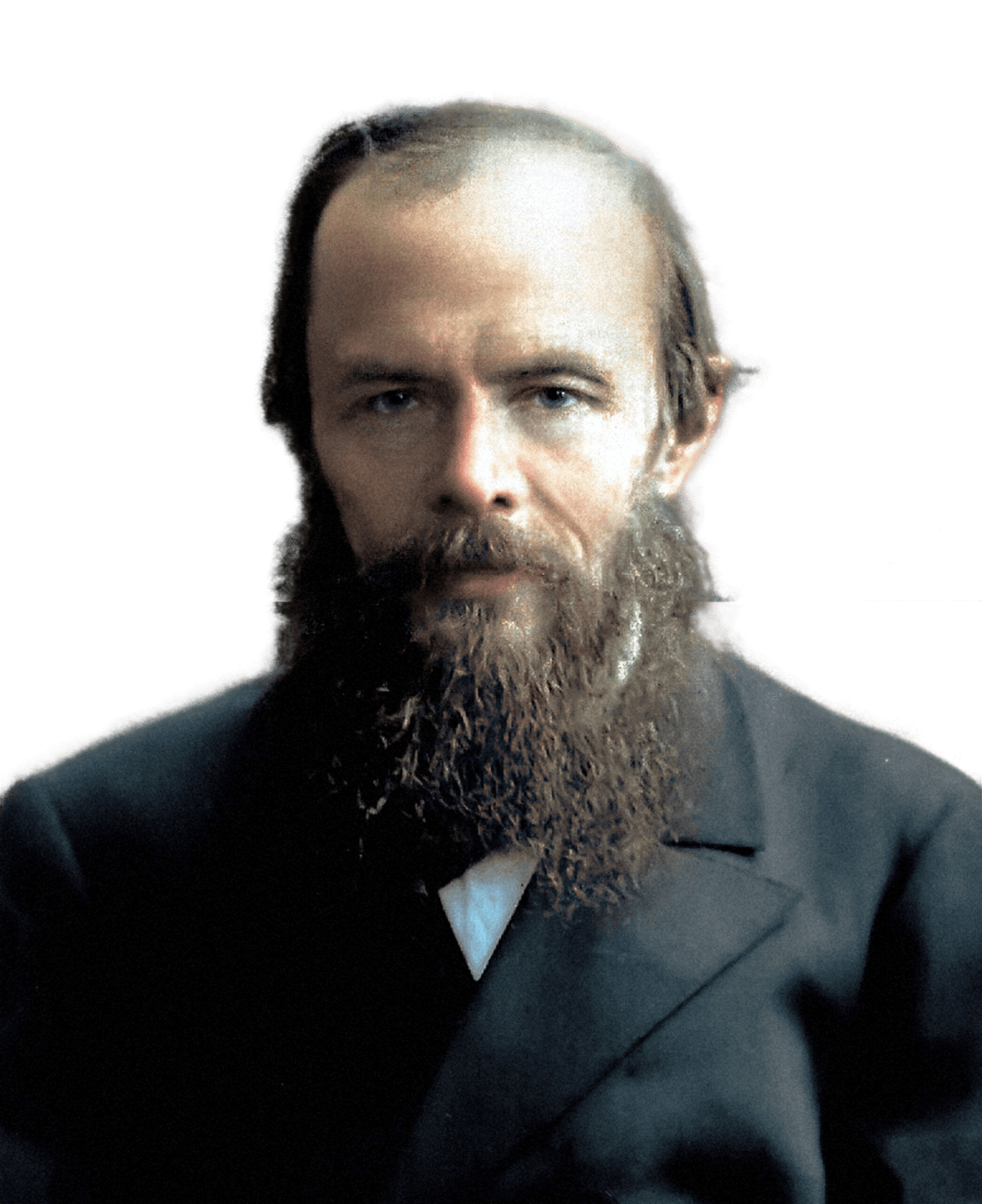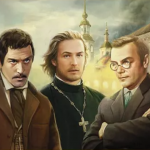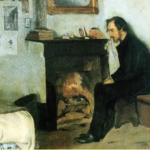
20.12.2022
Poor official Makar Devushkin writes letters to poor girl Varenka Dobrosyolova. He has been serving in the same place for thirty years, rewriting papers and dreaming of new boots, she lives alone with her assistant Fedora, takes home sewing and longs for the carefree days of her childhood. Devushkin turns his letters into sketches of everyday life in St Petersburg’s hired corners and their inhabitants. Varenka is sad and reproaches him for taking too much care of her. Dostoevsky blends the sentimentalist tradition of the novel in letters with the topical themes of the natural school, ending the novel in a sudden dissonance: the sentimental Varenka decides to marry with an arranged marriage and cuts off his correspondence, while Makar Devushkin finds himself emotionally unprepared for the loss.
When is it written?
Dostoevsky himself recalled in The Writer’s Diary that The Poor People was written a year after he decided to leave the engineering service and retire. In the autumn of 1844 he shared a flat with Dmitry Grigorovich, the future author of Sovremennik, and by early winter, he said, he had conceived the novel. In literary scholarship, however, there are differing opinions. Early memoirists argue that the novel was conceived and started at the General Engineering School. Leonid Grossman, the creator of the consolidated chronicle of Dostoevsky’s life and work, follows the writer’s own instructions in dating. A later researcher of Dostoevsky’s work, Vera Nechaeva, attributes the birth of the idea to 1843. Anyway, in March 1845 the novel was completed in draft form, which Dostoevsky reported to his brother.
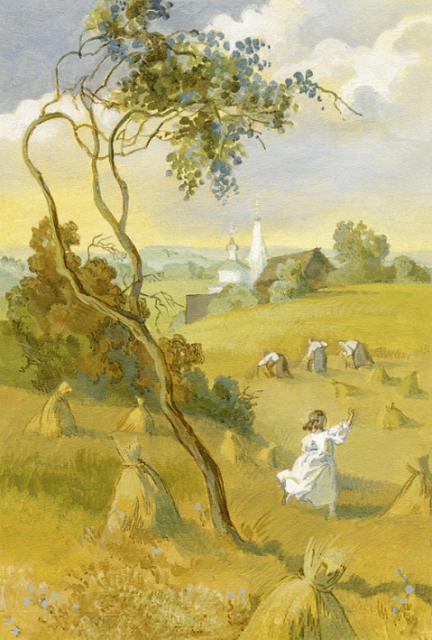
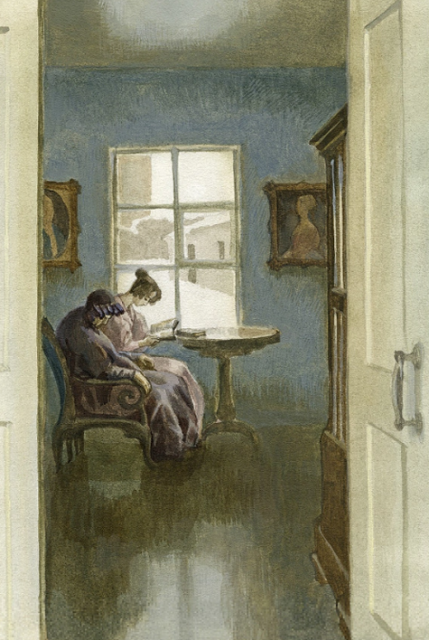
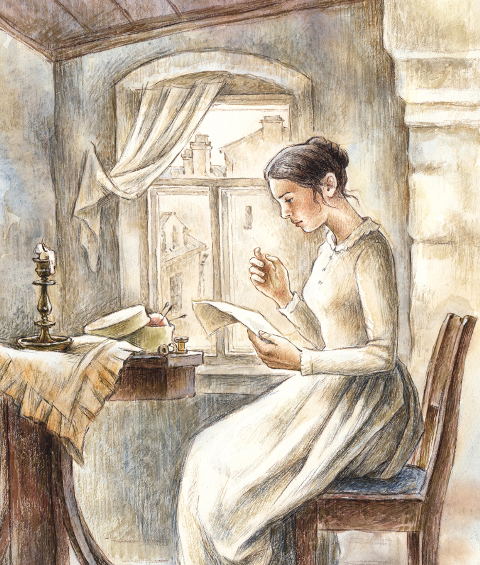
How was it written?
‘Poor People’ is a novel in letters. It is a traditional form for sentimentalism, of which Jean-Jacques Rousseau’s Julia, or the New Eloise, is often cited as a model in foreign literature. It was commonly used to tell the story of two lovers who are separated by circumstance and forced to communicate through letters filled with detailed descriptions of their experiences. One of the first authors of Russian literature to fall back on the sentimental – though not outright epistolary – tradition was Nikolay Karamzin in his novel The Poor Liza, which is about the feelings of ordinary people and to which the title of the novel The Poor People alludes. But in selecting a form that had become forgotten by the mid-1840s, Dostoevsky filled it with uncharacteristic content: the vicissitudes of the ‘little people’s’ everyday life, i.e. the reality that the authors of the novels and essays had discovered a few years earlier and canonised as material by the natural school. Dostoevsky has used the previously silent heroes of St Petersburg’s “bottom” to find a voice of their own and begin to talk about themselves and their lives.
How was it published?
The novel was first introduced to the writer Dmitry Grigorovich, who at the time shared a flat with Dostoevsky. Delighted, he took the manuscript to Nikolai Nekrasov, who, after reading the novel overnight, handed it over to Vissarion Belinsky with the words “A new Gogol has appeared!” Belinsky’s first reaction was more restrained: “You have Gogols like mushrooms”, but after reading the novel the critic was so taken with it that he wanted to see Dostoevsky personally and told him that he himself did not understand what he had created. The novel was first published in 1846 in the Petersburg Collection, published by Nekrasov. The novice publisher at the time already had on his books two celebrated volumes of the almanac Physiology of Petersburg, was famous as the founder of the Natural School, and was negotiating the purchase of Pushkin’s Sovremennik. Such a context ensured that Dostoevsky’s debut novel received increased attention.
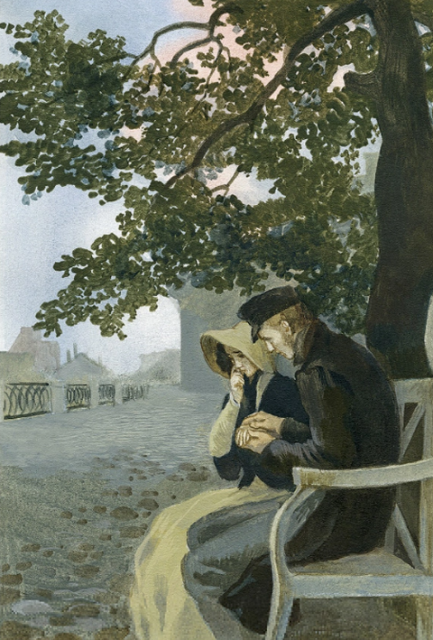
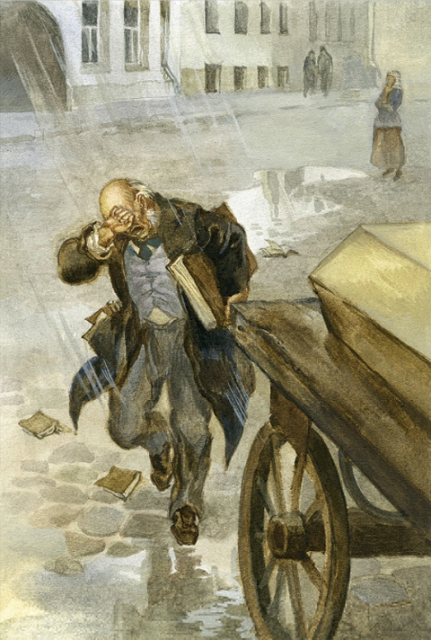

What influenced her? Dostoevsky’s most important reference point was considered by his contemporaries to be Nikolai Gogol’s The St Petersburg Stories due to the similarity of the characters. But it is known that simultaneously with the origin of the idea of Poor People, Dostoevsky translated the novel Eugenie Grande by Honoré de Balzac. Balzac was considered one of the founders of French naturalism, with his appeal to the everyday side of life and his critical view of social structure. Russian literature adopted the experience of French naturalism in essays, and Balzac’s translations helped Dostoevsky to become one of the first in the natural school to master the large form. Apart from literary sources, Dostoevsky was also inspired by direct observation of the life of the poor in St Petersburg, especially after he shared a flat with Dr Riesenkampf, an old friend of the Dostoevsky brothers, in 1843. He received a variety of patients in his home, many of whom belonged to the social stratum later described in The Poor People.
